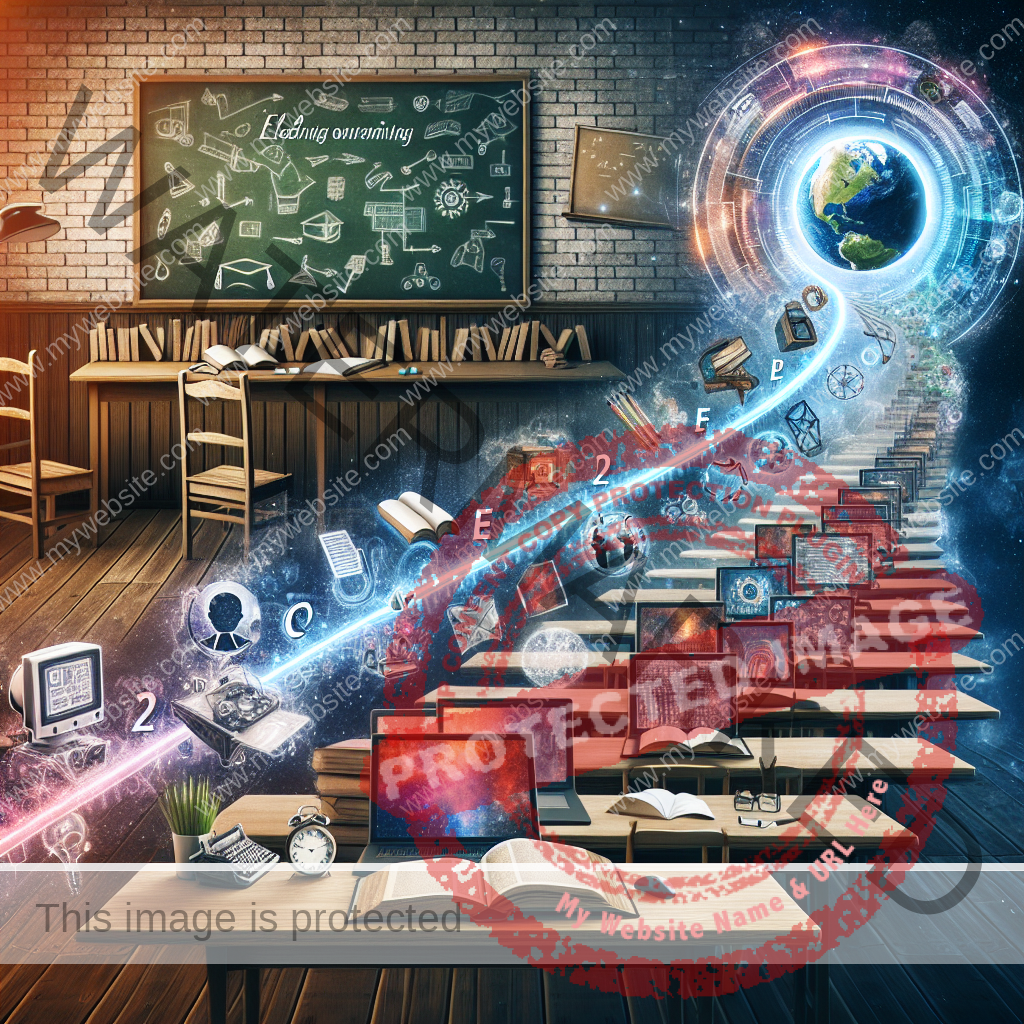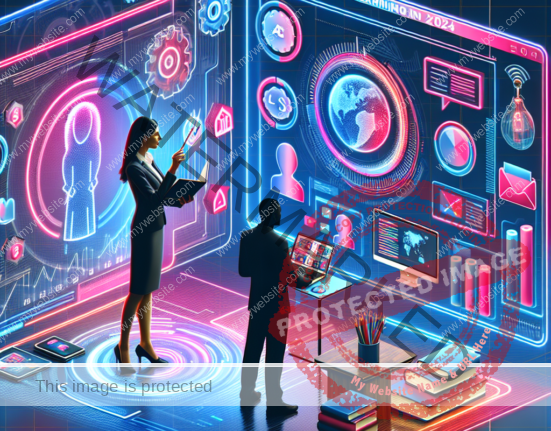The Evolution of eLearning: A Journey Through Digital Learning Solutions
As someone with experience in developing eLearning content, I am excited to discuss the evolution of eLearning in this blog post. The evolution of eLearning has had a significant impact on education, making learning more accessible, flexible, and efficient. Let’s take a look at some of the key milestones that have shaped the development of eLearning over time.
Embracing the Beginning of eLearning
The origins of eLearning can be traced back to the early 1900s when teaching machines and programmed instruction first appeared. In the 1960s, pioneers like B.F. Skinner laid the groundwork for modern eLearning with teaching machines designed for self-paced learning. The introduction of personal computers in the 1980s further advanced the digitization of learning materials and the creation of computer-based training programs, paving the way for the future of eLearning.
Embracing the Internet Revolution
The real revolution in eLearning took place in the 1990s with the widespread use of the internet, opening up new opportunities for distance education and online learning. Online courses and Learning Management Systems became popular, offering a structured way to deliver and manage educational content on the web. The expansion of broadband internet in the late 1990s and early 2000s improved the quality and accessibility of online learning, leading to the introduction of virtual classrooms and multimedia technologies in eLearning.
The Journey Of eLearning: Recent Developments
In the 2010s, eLearning experienced the rise of mobile learning (mLearning) and personalized learning. The increased use of smartphones and tablets allowed learners to access educational content anytime and anywhere, while advanced algorithms and data analytics customized learning material to meet individual needs. Artificial Intelligence (AI) and Big Data have also played a significant role in eLearning, offering personalized assistance to learners and improving engagement through gamification.
Looking Forward To The Future
As an eLearning developer, I am enthusiastic about the future of eLearning and the potential for more advanced digital learning solutions. The integration of AI, VR/AR, and blockchain technology is expected to transform education, creating a more personalized, secure, and immersive learning experience. The focus on lifelong learning and professional growth will drive the demand for eLearning, ensuring individuals remain competitive in a constantly evolving job market.
In conclusion, the evolution of eLearning reflects continuous innovation and change. From early teaching machines to sophisticated digital learning solutions, eLearning has made remarkable progress. I am hopeful about the future of eLearning and its role in reshaping education, making learning more accessible and engaging for everyone.
If you want to learn more about this topic, you can visit the source here: The Journey Of eLearning: The Evolution And Future Of eLearning.
















